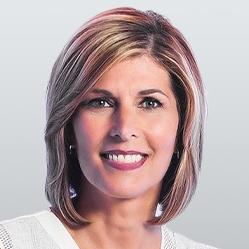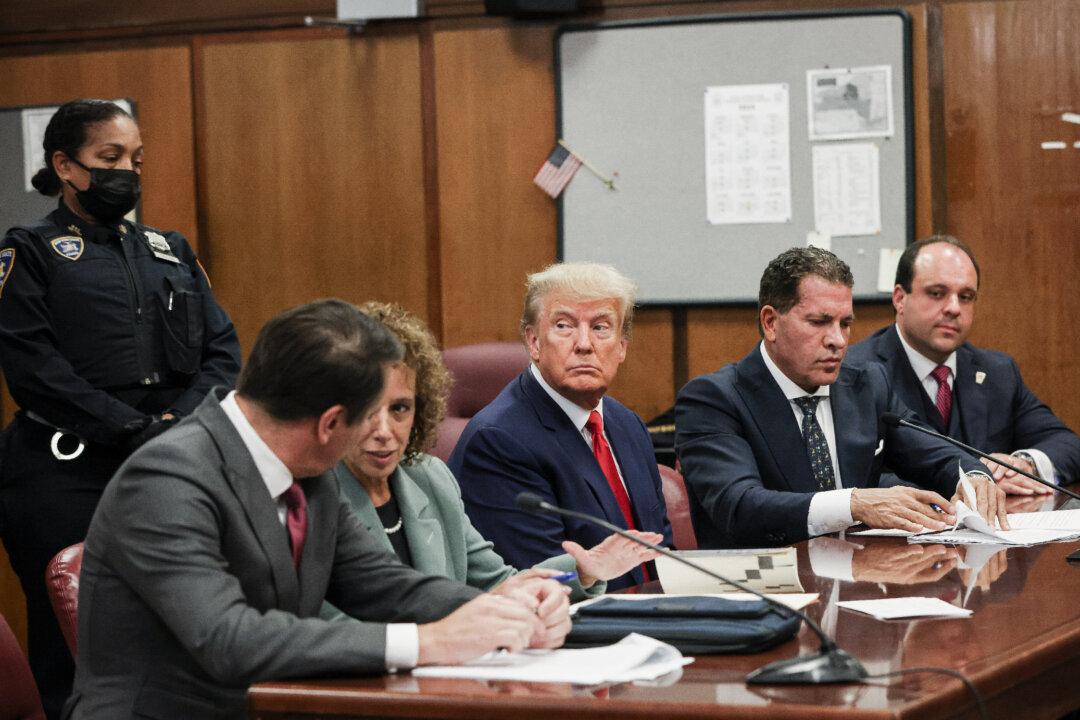Commentary
It’s all the rage. Political figures are urged to apologize for something offensive they said or did. Their opponents hound them, often even dictating the precise verbiage the offender is supposed to use in his mea culpa ... or else. “Disavow!” “Condemn!” The funny thing is the apology typically doesn’t change anything. The politician is usually only sorry he got caught.





